QTR-L-1A Reflectance Sensor (2-Pack)
Retired Product
Search for an alternativeNote: The QTR-L-1A reflectance sensor requires an analog input to take readings. The similar QTR-L-1RC reflectance sensor is available with a digital I/O-compatible output.
Functional Description
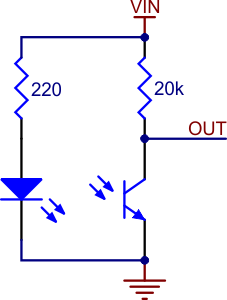 |
The Pololu QTR-L-1A reflectance sensor carries a right-angle infrared LED and a right-angle phototransistor, both pointing toward the front edge of the board. The phototransistor is connected to a pull-up resistor to form a voltage divider that produces an analog voltage output between 0 V and VIN (which is typically 5 V) as a function of the reflected IR. Lower output voltage is an indication of greater reflection.
The LED current-limiting resistor is set to deliver approximately 17 mA to the LED when VIN is 5 V. The current requirement can be met by some microcontroller I/O lines, allowing the sensor to be powered up and down through an I/O line to conserve power.
This sensor was designed to be used with the board perpendicular to the surface being sensed, and narrow-angle lenses built into the infrared LED and phototransistor packages allow it to be effective to a range of about 1" (25 mm). Because of its small size, multiple units can easily be arranged to fit various applications such as line sensing and proximity/edge detection. The QTR-L-1A is sold in packs of two units.
For a similar sensor that can be used with the board parallel to the surface, but with shorter range, please see the QTR-1A reflectance sensor. Pololu also offer arrays of three and eight sensors: the QTR-3A reflectance sensor array and the QTR-8A reflectance sensor array.
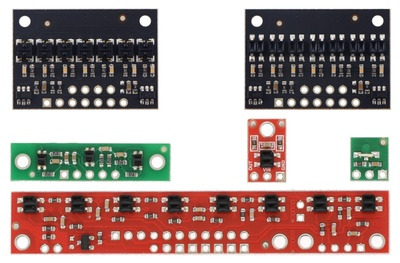 |
QTR sensor size comparison. Top row: QTRX-HD-07, QTR-HD-07; middle row: QTR-3, QTR-1, QTR-L-1; bottom row: QTR-8. |
|---|
Specifications
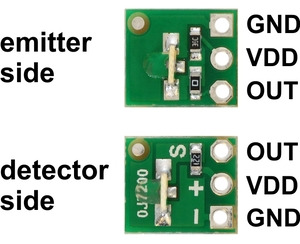 |
- Dimensions: 0.3" × 0.35" × 0.12" (without optional header pins installed)
- Operating voltage: 5.0 V
- Supply current: 17 mA
- Output format: analog voltage
- Output voltage range: 0 to supplied voltage (dependent on operating environment)
- Optimal sensing distance: 0.125" to 0.25" (3 mm to 6 mm)
- Maximum recommended sensing distance: 1" (25 mm)
- Weight without header pins: 0.006 oz (0.2 g)
Interfacing with the QTR-L-1A Output
There are several ways you can interface with the QTR-L-1A output:
- Use a microcontroller’s analog-to-digital converter (ADC) to measure the voltage.
- Use a comparator with an adjustable threshold to convert the analog voltage into a digital (i.e. black/white) signal that can be read by the digital input line of a microcontroller.
- Connect the output directly to the digital input line of a microcontroller and rely upon its internal comparator.
This last method will work if you are able to get high reflectance from your white surface (so that there is a large output voltage difference over black and white surfaces), but will probably fail if you have a lower-reflectance signal profile. The following table shows some typical output voltages from the sensor over different surfaces and at different distances:
| White surface | 3/4" black electrical tape | |
|---|---|---|
| 0.25" distance | 0.2 V | 3.8 V |
| 1" distance | 2.4 V | 3.5 V |
Ambient light, especially sunlight, can affect the sensor readings significantly. If the output voltage from the QTR-L-1A is consistently low, you might need to add shielding around the sensor or mount it in a different location to reduce interference from outside light sources.
Pololu's Pololu AVR library provides functions that make it easy to use these sensors with Pololu's Orangutan robot controllers; please see the QTR Reflectance Sensors section of Pololu's library command reference for more information. Pololu also have a Arduino library for these sensors.
Included Components
Each pack of two reflectance sensors includes sets of straight male header strips and right-angle male header strips, which allow you to mount them in the orientation of your choice. You can also solder wires, such as ribbon cable, directly to the pads for the most compact installation.
|
|
People often buy this product together with:
 | QTR-8A Reflectance Sensor Array |
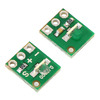 | QTR-L-1RC Reflectance Sensor (2-Pack) |
 | QTR-3A Reflectance Sensor Array |
Identifying markings
| Other PCB markings: | 0J7200 |
|---|
Documentation and other information
-
Pololu QTR Reflectance Sensor Application Note (Printable PDF)
Information about using the Pololu QTR reflectance sensors, including differences between A-type and RC-type sensors and sample oscilloscope screen captures of sensor outputs.
-
Pololu AVR C/C++ Library User’s Guide (Printable PDF)
Information about installing and using the C/C++ libraries provided for use with Pololu products.
-
Pololu AVR Library Command Reference (Printable PDF)
A reference to commands provided in the Pololu C/C++ and Arduino libraries for the AVR.
-
Building Line Following and Line Maze Courses (Printable PDF)
Step-by-step instructions for building your own line-following courses.
File downloads
-
Drill guide for QTR-L-1A and QTR-L-1RC Reflectance Sensor (13k dxf)
This DXF drawing shows the locations of all of the board’s holes.
-
Dimension diagram of the QTR-L-1x Reflectance Sensor (119k pdf)
-
3D model of the QTR-L-1A Reflectance Sensor (2MB step)
-
Guide utilisateur du senseur QTR (suiveur de ligne) (1MB pdf)
Un guide utiliser et exploiter un senseur QTR (détecteur de ligne) (version 0.1). Note: This French translation of Pololu's QTR sensor documentation was made by Pololu's distributor MCHobby.
Recommended links
-
Matthew Phillipps ported Pololu's Arduino Library for the Pololu QTR Reflectance Sensors to the mbed platform. The Arduino library is designed to work with Pololu QTR reflectance sensors, so the mbed library should too, but Matthew points out he only tested it with the analog sensors. This library was not written and is not maintained by Pololu.
-
Arduino library for the Pololu QTR Reflectance Sensors
This library for Arduino makes it easy to interface with Pololu QTR Reflectance Sensors.
Exact shipping can be calculated on the view cart page (no login required).
Products that weigh more than 0.5 KG may cost more than what's shown (for example, test equipment, machines, >500mL liquids, etc).
We deliver Australia-wide with these options (depends on the final destination - you can get a quote on the view cart page):
- $3+ for Stamped Mail (typically 10+ business days, not tracked, only available on selected small items)
- $7+ for Standard Post (typically 6+ business days, tracked)
- $11+ for Express Post (typically 2+ business days, tracked)
- Pickup - Free! Only available to customers who live in the Newcastle region (must order online and only pickup after we email to notify you the order is ready). Orders placed after 2PM may not be ready until the following business day.
Non-metro addresses in WA, NT, SA & TAS can take 2+ days in addition to the above information.
Some batteries (such as LiPo) can't be shipped by Air. During checkout, Express Post and International Methods will not be an option if you have that type of battery in your shopping cart.
International Orders - the following rates are for New Zealand and will vary for other countries:
- $12+ for Pack and Track (3+ days, tracked)
- $16+ for Express International (2-5 days, tracked)
If you order lots of gear, the postage amount will increase based on the weight of your order.
Our physical address (here's a PDF which includes other key business details):
40 Aruma Place
Cardiff
NSW, 2285
Australia
Take a look at our customer service page if you have other questions such as "do we do purchase orders" (yes!) or "are prices GST inclusive" (yes they are!). We're here to help - get in touch with us to talk shop.
Have a product question? We're here to help!
Guides
The Maker Revolution
Projects
PiicoDev Ecosystem In Fritzing
10" Home Lab Testing Rack
WLED Hourglass Theatre Prop - DMX Over Wi-Fi!
Makers love reviews as much as you do, please follow this link to review the products you have purchased.

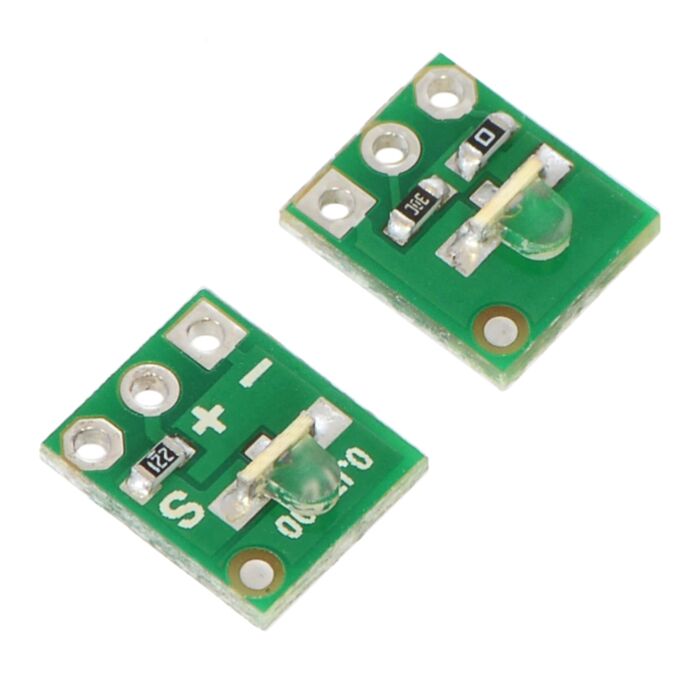

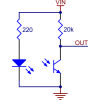
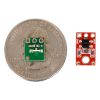
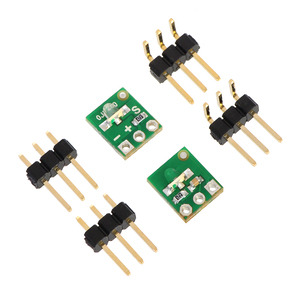
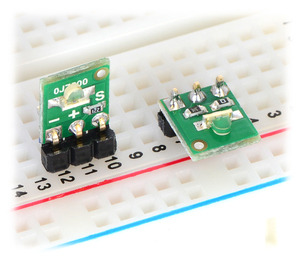





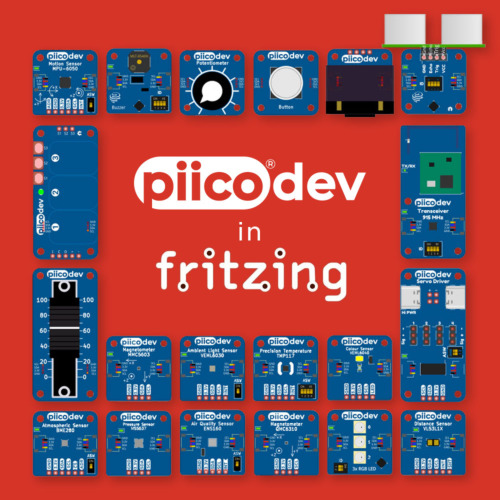



Product Comments